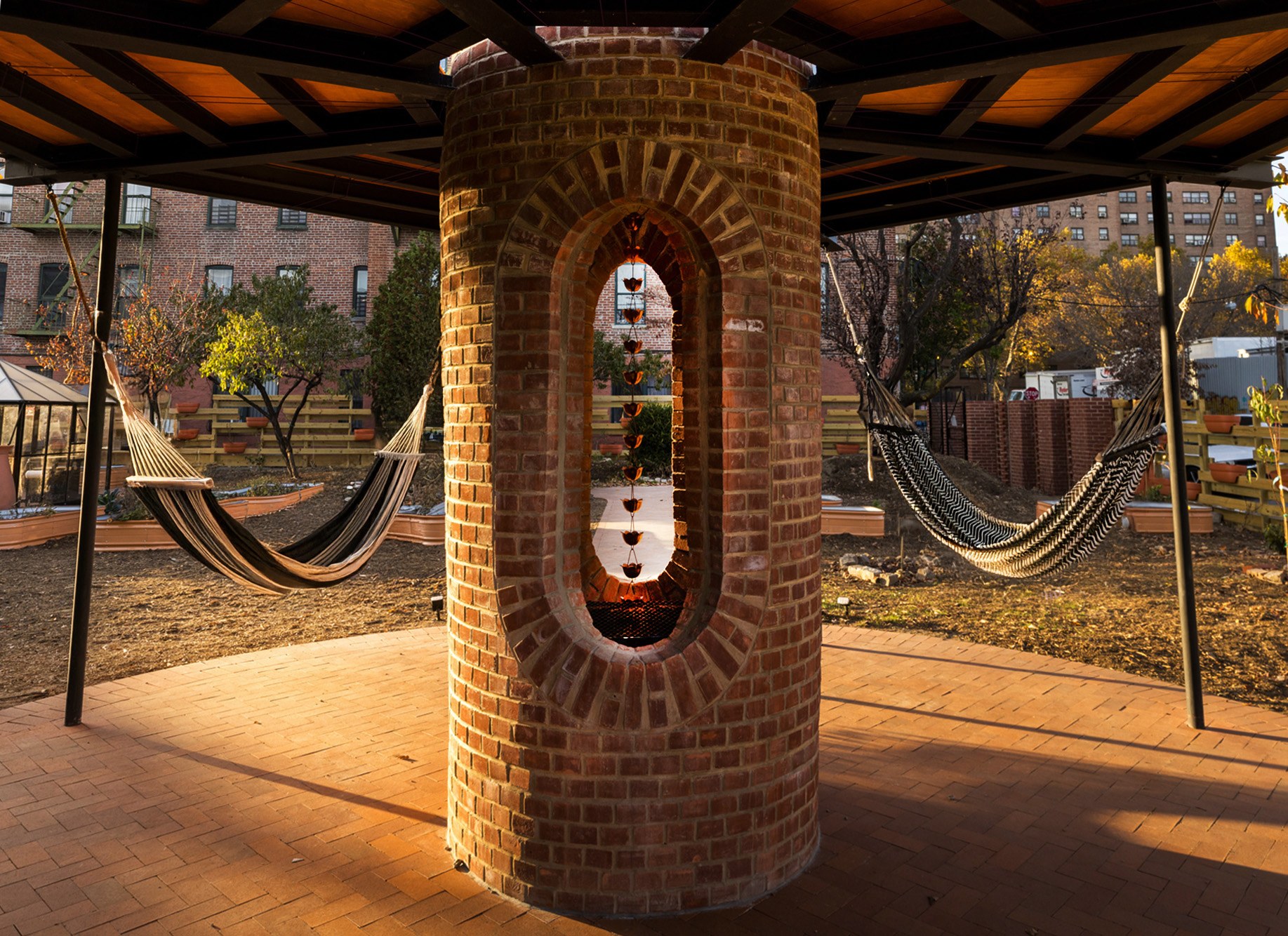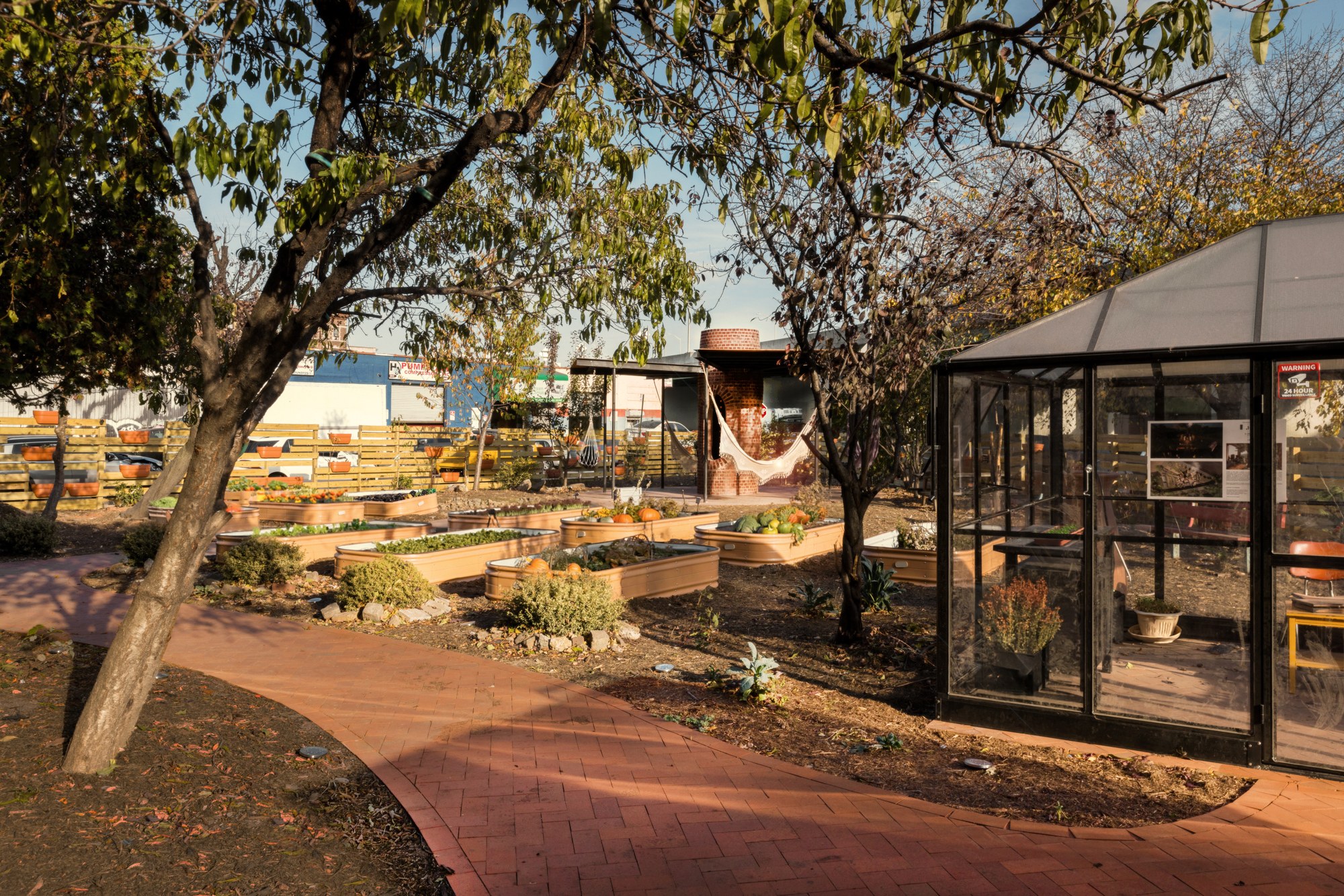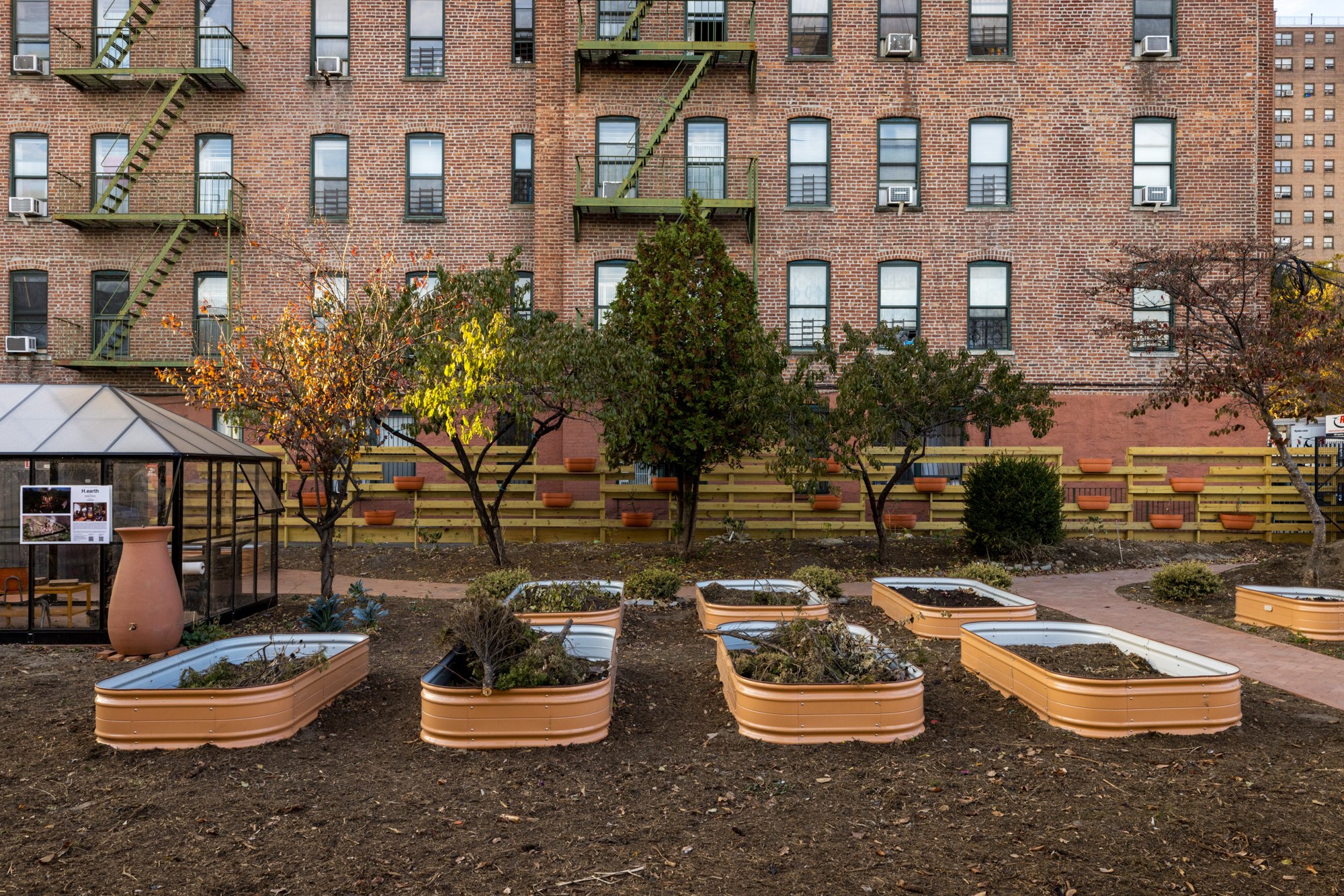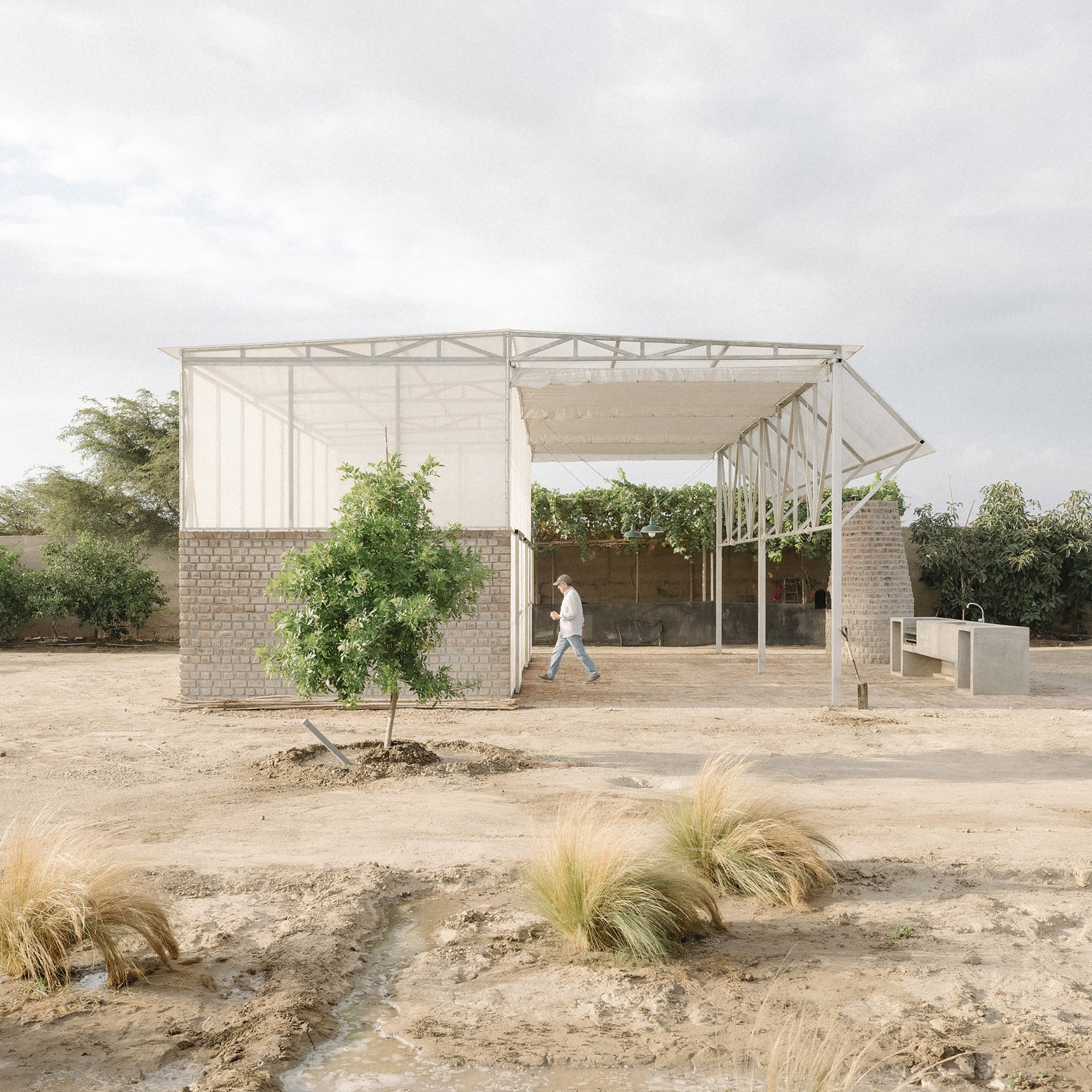Alum Zarith Pineda helps transform a South Bronx garden into a cultural sanctuary

JULY 18, 2025
BY Shyla Krishnappa
In the South Bronx, where an elevated highway and industrial buildings surround the Bruckner Mott Haven Garden, Tulane alum Zarith Pineda (A'15) and her design collective Territorial Empathy have helped create a space of care, culture, and resilience.
The project, called H.earth, is a collaboration between Territorial Empathy, the local Oaxacan restaurant La Morada, and the Bronx Land Trust. Together, the women-led team envisioned the garden as what they call “a sanctuary”—a place where community members can share a meal, rest in hammocks, and connect with ancestral knowledge.
Pineda’s connection to the project began serendipitously. After meeting La Morada’s cofounder Natalia Méndez, Pineda was inspired by her dream of an outdoor kitchen and gathering place for local youth.
“When [Natalia Méndez] said, ‘I want to create a space where someone like me that works three jobs can just go and hang on a hammock and have a little tea from medicinal plants,’ I was like, That’s the assignment,” recalls Pineda. “We’re moving them into a different planet where healthy things are growing. And even though it’s next to the Bruckner, it feels like you’re transported.”

At the heart of the garden stands a 12-foot-tall brick hearth, described by Pineda as both a monument to Indigenous architecture and a place to cook food. “As Latin America developed, outdoor kitchens were seen as a symbol of poverty,” she says. “And so our structure, instead of being the oven that was looked down upon, now it’s a monument. We’re not going to be shy about this. We’re going to make it unnecessarily tall.”
The design team prioritized sustainability and self-reliance. “Our design exercise was, How do we make this all function without creating a single utility bill?” explains Pineda. The garden uses rainwater harvesting, a solar-powered toilet, and isn’t connected to the grid.

Pineda describes the project as an example of spatial justice: “First, an acknowledgment that design is a deliberate tool to be wielded for good and bad. And thus far… it’s been used to segregate, to divide, and to keep the best resources for the very few.”
For Carolina Saavedra, Méndez’s daughter and the garden’s steward, the project is also about giving back access “in all senses of that word.” She adds, “People in the South Bronx deserve that, too.”
Reflecting on the garden’s role in a neighborhood facing redevelopment and displacement, Méndez calls it an act of “resistance.” Pineda connects it to a larger history: “This garden comes from a long legacy of activism that started in the ’70s. We would not be where we are had it not been for them, had it then not been for the people like Carolina having the bravery to continue the work in some way.”
Through H.earth, Pineda and her collaborators have created more than a garden: it’s a living space of healing, heritage, and hope, rooted in community care and cultural pride.
Related

Faculty wins the 2025 Architectural League Prize
Juan Medina recently had his work recognized internationally. His firm salazarsequeromedina, has been named to the newest cohort of winners in the biennial Architectural League Prize for Young Architects and Designers.